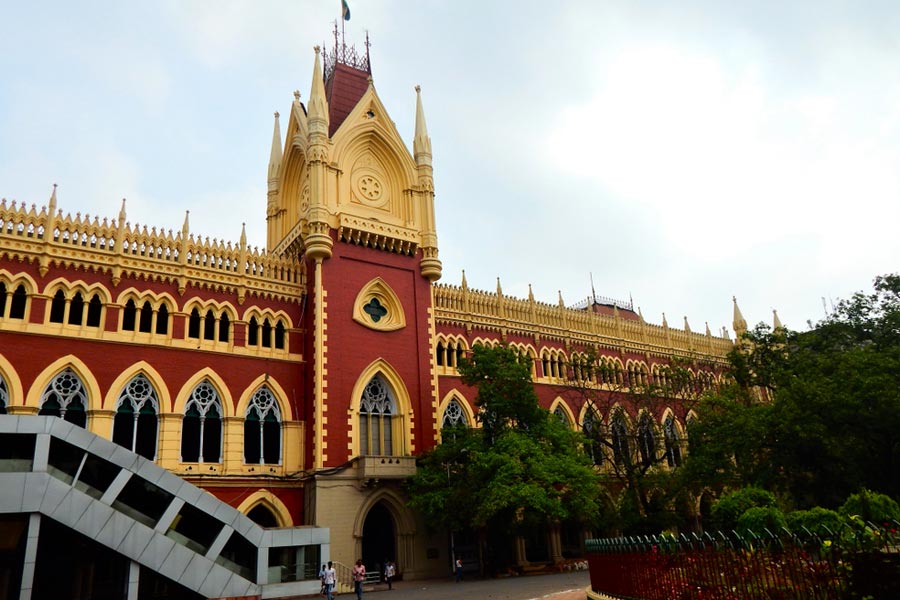India’s first tuberculosis survey in 60 years has revealed a prevalence rate of 312 per 100,000 population, significantly higher than its TB elimination programme’s milestone target of 170 by 2020.
The survey, released by the Union health ministry on Wednesday, has suggested that TB prevalence in India has reduced marginally from an estimated 320 in 2015 to a measured 312 during 2019-2021.
The health ministry’s 2017 National Strategic Plan for TB Elimination had set milestones for prevalence reduction — from 320 per 100,000 population in 2015 to 170 by 2020, 90 by 2023, and 65 by 2025.
The elimination plan does not imply zero TB cases but is aimed at achieving 5-fold reductions in TB incidence and prevalence and a 10-fold reduction in TB mortality.
Bengal is among only four states where prevalence rates in 2019-21 were below 170.
Health experts say shortages of funds and delays in diagnosis and the initiation of treatment have contributed to the slow progress in reducing prevalence.
Not in a single year since 2017-18 has India’s TB control programme sought annual funds projected as required to implement the plan to eliminate TB by 2025 announced by Prime Minister Narendra Modi in March 2018. Yet every year, the programme has received less than what it sought.
Health officials are hoping the survey will help guide state-specific interventions.
The survey has found that 64 per cent of symptomatic people did not seek healthcare services. Among those who did not, 68 per cent ignored the symptoms, 18 per cent did not realise the significance of the symptoms, 12 per cent attempted self-treatment, and 2 per cent couldn’t afford to seek healthcare.
Multiple Central health agencies collaborating with the WHO conducted the survey, the first since a TB survey in 1955-58, that covered all states and Union territories except the Andaman and Nicobar and Lakshadweep islands.
The exercise which screened over 313,000 people nationwide has found that Delhi has the highest prevalence rate of 534 per 100,000 population while Kerala has the lowest prevalence of 115. Bengal’s prevalence rate is 167, higher than only Maharashtra, Gujarat and Kerala.
The 2019-21 prevalence rates were more than double the 2020 milestone of 170 in seven states — Delhi (534), Rajasthan (484), Uttar Pradesh (481), Haryana (465), Chhattisgarh (454), Madhya Pradesh (386) and Jharkhand (3520).
“Inefficiencies and lack of quality in implementing the programme are likely contributing to the lack of progress on reducing prevalence,” said Leena Menghaney, a public health lawyer in New Delhi who has been tracking the TB control programme.
“For improvements in health-seeking behaviour, healthcare services must be made more easily accessible to people who need them,” Menghaney said.
The survey diagnosed 981 patients with TB, among whom only 118 (12 per cent) were already on anti-TB treatment while 863 (88 per cent) were not on treatment for TB. Among the 863 newly diagnosed cases, 229 (26 per cent) had a previous history of TB.
The significant number of TB patients with a previous history of TB underlines the need for close follow-up of patients completing treatment for early detection or recurrent TB.
Funds shortages
The TB control programme had over the past six years sought a total of Rs 18,022 crore but received Rs 15,473 crore and the total expenditure has been Rs 13,715 crore, according to the programme’s latest annual report also released on Wednesday. Under the TB elimination plan, the programme should have spent Rs 16,600 crore in just three years — 2017-18, 2018-19, and 2019-20.
Public health activists have said the lack of funds has meant that many patients with drug-resistant TB are not able to access the most appropriate medicines they need to take.











